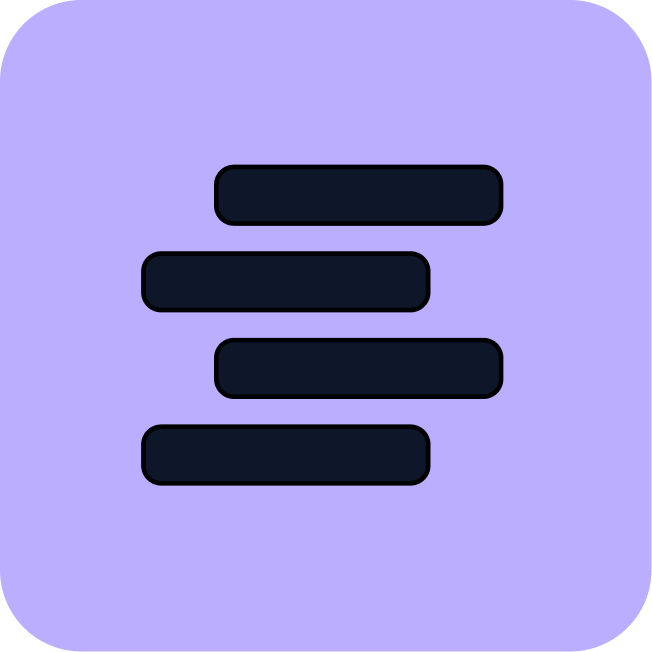What’s the best ATS?
An Applicant Tracking System (ATS) is a crucial tool for modern HR teams, streamlining the recruitment process and enhancing efficiency. With so many options out there, deciding the best ATS for your organisation can be overwhelming.
Further to the Stakkd Guide on assessing HR tech, here we go deeper into ATS specific considerations.
Step 1: Define Your Organisation’s Needs
Clearly outline your organisation’s unique requirements vs those that are pretty typical for most companies. Key factors to consider:
- Hiring Volume: Are you hiring in high volume, or do you need a system for specialised roles?
- Company Size: Large companies may require robust, scalable solutions, while smaller companies might prefer simpler, more user-friendly systems.
- Recruitment Process Complexity: Do you need features like internal mobility tracking, referral management, or detailed reporting?
- Budget Constraints: Determine your maximum available budget
Step 2: Identify Must-Have Features
The ideal ATS should meet your current needs and enable future growth or improvements in your hiring process. Key features to consider include:
- Candidate Sourcing & CV extracting
- Ability to source candidates from job boards, social media, and referrals.
- Accurate CV content extraction, to automatically populate candidate details.
- Customisable Workflows: Tailor workflows for different roles, departments, or regions.
- Collaboration Tools
- Shared feedback between talent acquisition team and interviewers / hiring managers
- Interview scheduling
- Analytics and Reporting: Advanced reporting on hiring metrics such as time-to-fill, source effectiveness, and DEI stats.
- Integration Capabilities: Native integrations with HRIS, payroll, dedicated candidate assessment tools, and communication platforms e.g. Slack or Teams.
- Mobile Accessibility: Mobile-friendly interfaces for candidates and recruiters.
Step 3: Evaluate User Experience (UX) and Learning Curve
Focus on systems that are intuitive for both recruiters and candidates.
- Recruiter Interface: Look for clean dashboards, easy navigation, and fast search functions.
- Candidate Experience: Ensure the application process is straightforward, with minimal clicks and clear instructions.
- Customisation: The ability to personalise candidate communication and the branding of the careers page is a plus.
- Adoption Time & Learning Curve: How long does it take for the Talent Acquisition team to become proficient with the system.
Step 4: Shortlist and Demo Potential Solutions
Narrow down your options to a few ATS providers and request live demos. You can the full ATS ecosystem at Stakkd. Focus on:
- Real-Life Scenarios: Ask vendors to demonstrate how their system handles your specific recruitment needs.
- User Roles: Observe how different user roles (HR, hiring managers, candidates) interact with the system.
- Support and Training: Understand onboarding support, training sessions, and ongoing customer success.
Step 5: Conduct a Trial Run or Pilot Program
Whenever possible, conduct a trial to test the system’s functionality in your real-world environment. During the trial, assess:
- System Performance: Speed, reliability, and ease of use under your typical workload.
- Feedback from Users: Collect input from recruiters, hiring managers, and candidates on their experience.
- Data Security: Ensure compliance with GDPR, CCPA, and other relevant data protection regulations.
Step 6: Consider Pricing and ROI
Evaluate the pricing models (subscription, pay-per-use, etc.) and compare them to the expected return on investment (ROI). You can use the Stakkd ROI calculator here.
- Hidden Costs: Look out for additional charges for training, support, or integrations.
- Value Assessment: Balance cost against potential savings in time, improved hiring quality, and reduced administrative burden.
Step 7: Make a Decision and Plan Implementation
Once you’ve selected the best ATS, develop a clear implementation plan:
- Data Migration: Ensure smooth transition of existing candidate data to the new system.
- Training Program: Offer comprehensive training for all users to maximise adoption.
- Feedback Loop: Establish a feedback mechanism to continually refine usage and address issues.
In Summary
Selecting the right ATS is a strategic decision that can significantly impact the success of your organisation’s talent acquisition. By following these steps—assessing needs, identifying features, testing usability, and evaluating ROI—you can ensure you choose a system that enhances efficiency, improves candidate experience, and aligns with your long-term goals.
